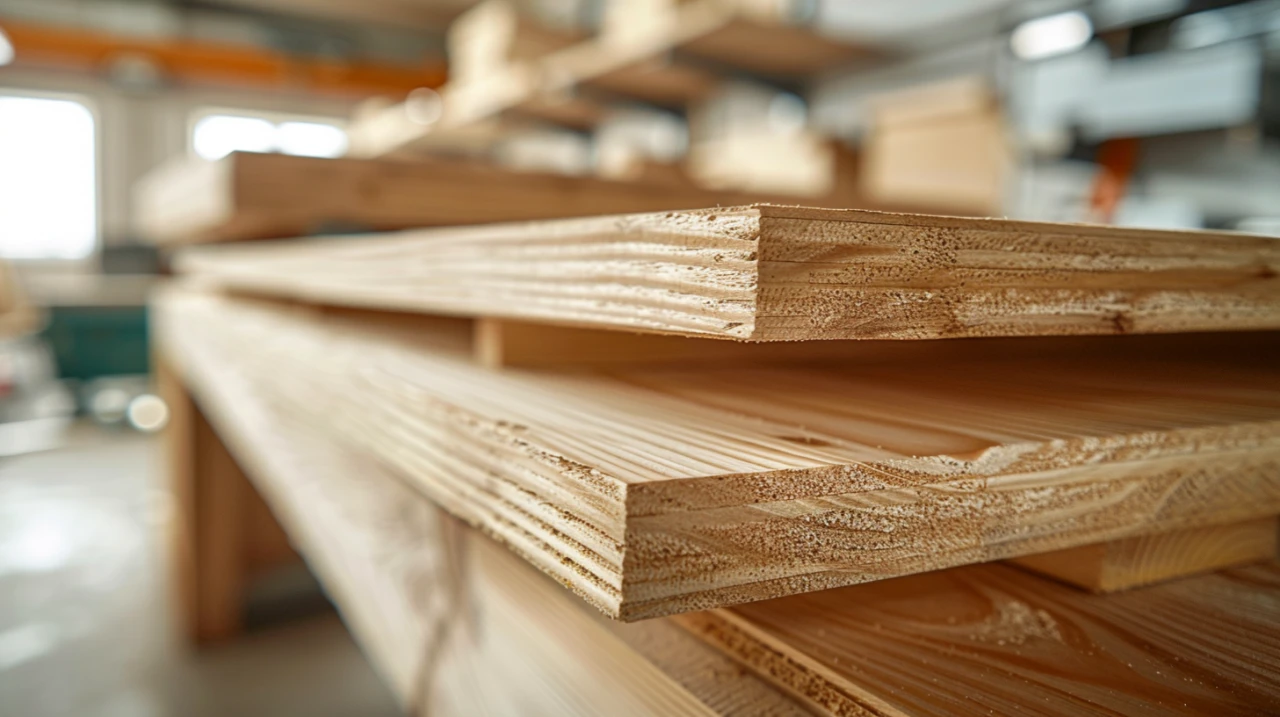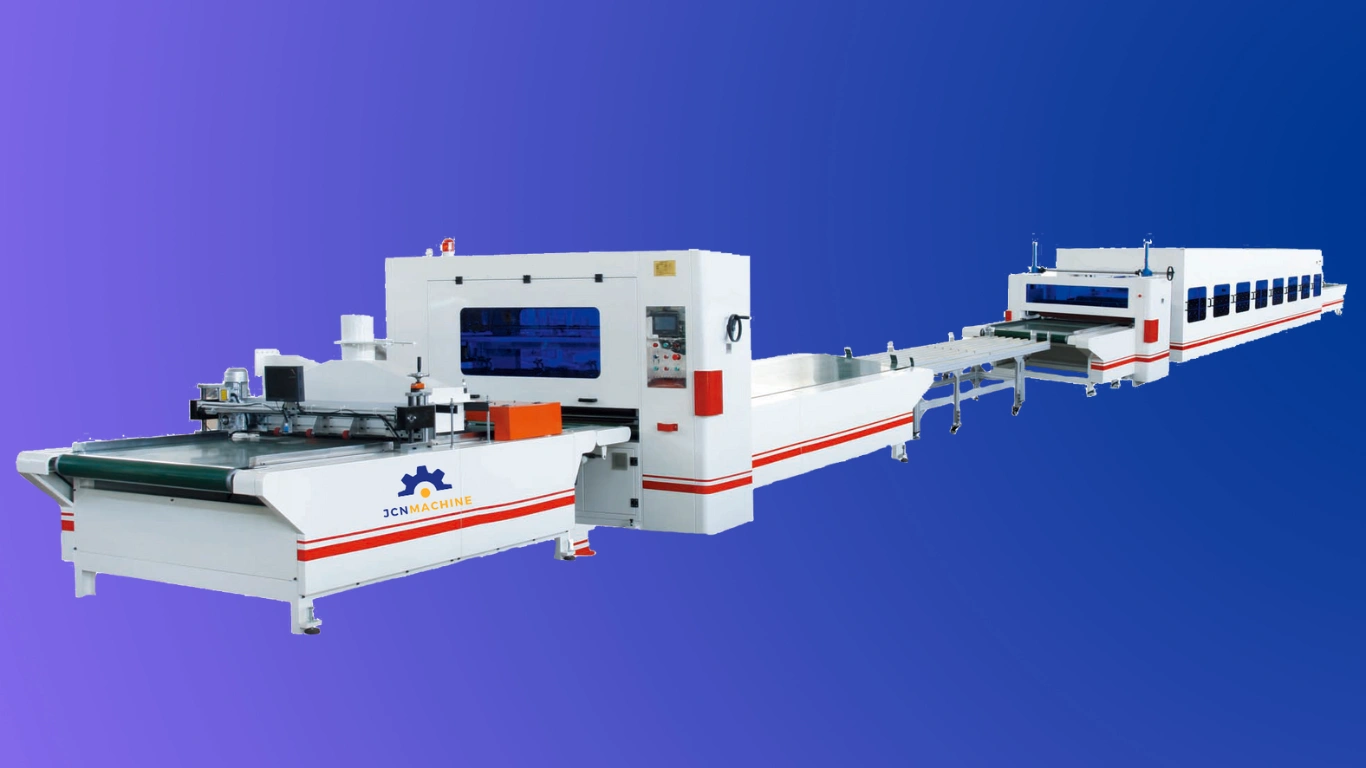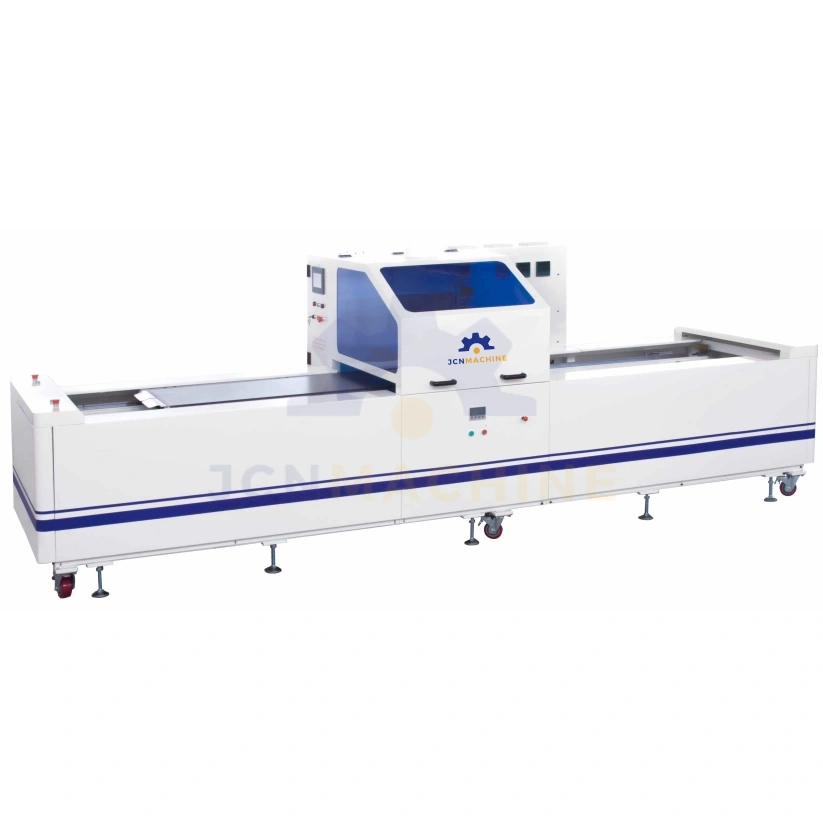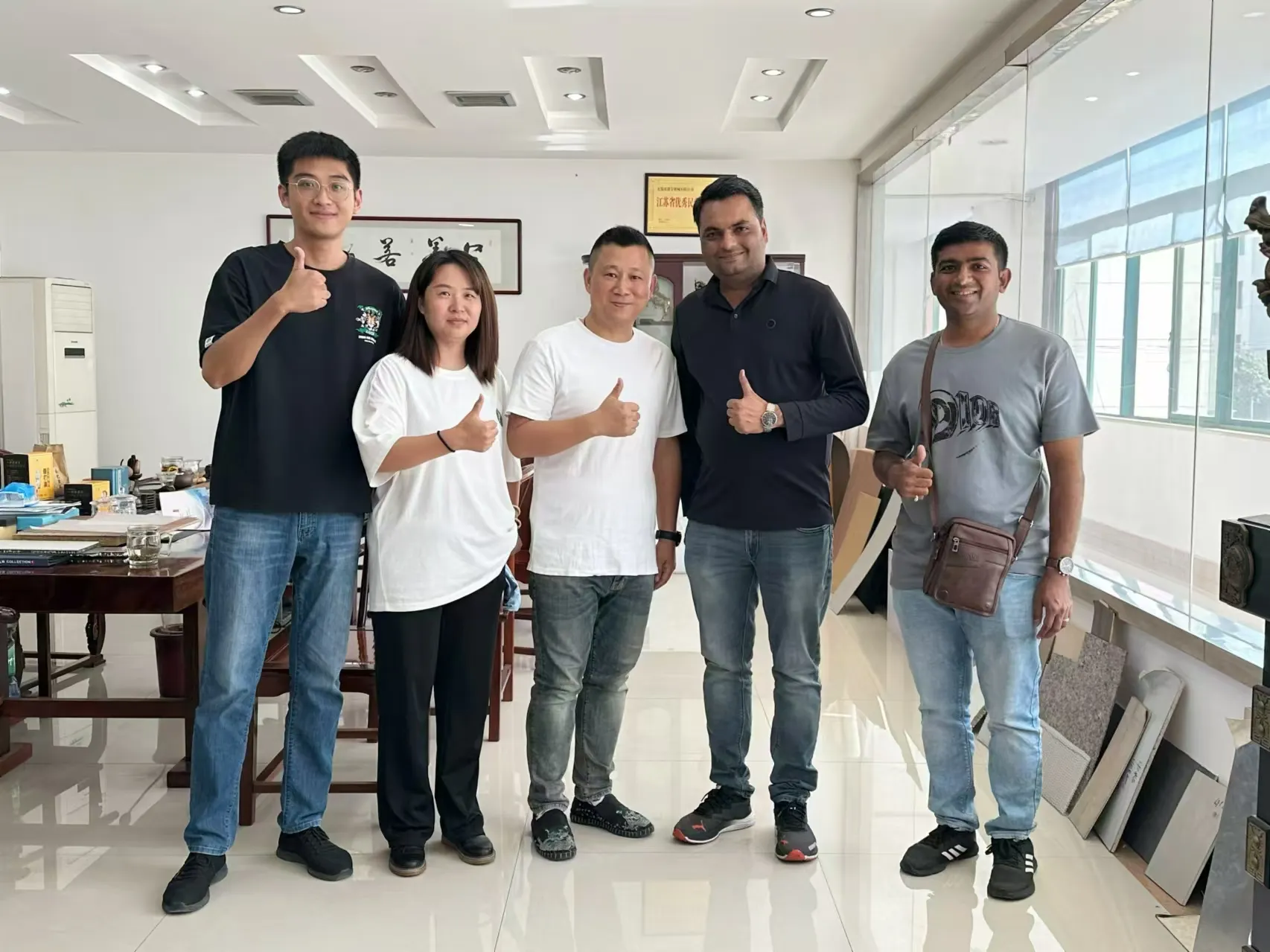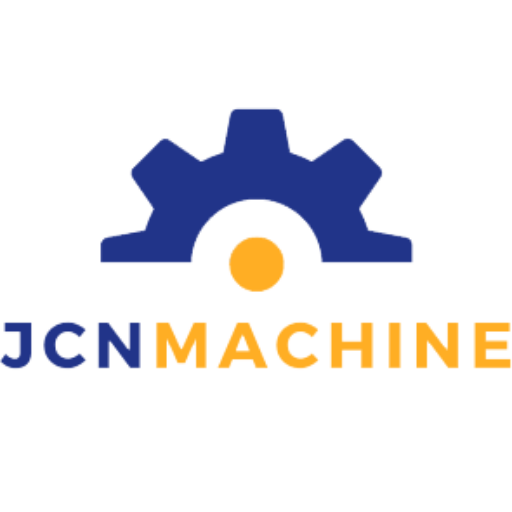INTRODUCTION
PUR hot melt adhesive (also known as reactive hot melt adhesive, reactive polyurethane, or RPU adhesive) has become a crucial adhesive in the modern competitive manufacturing industry, just like screws in the manufacturing industry, which is unobtrusive but crucial, and it has been emphasized by the furniture and other industries due to its excellent performance in a wide range of situations and conditions. And according to a 2023 report by MarketsandMarkets, the global PUR hot melt adhesive market is expected to reach $15 billion by 2025, growing at a CAGR of more than 7%. Behind this phenomenal market growth are the irreplaceable advantages of PUR hot melt adhesive in terms of adhesion, durability and efficiency.
But many people will also ask, just hear you say it is very good, this data does not tell us anything, there are many growth industries, but it is popular because of what properties in the end? That’s what this article will be about.
The adhesive technology of PUR hot melt adhesive is truly amazing. I’ll start with a brief overview of the advantages of PUR hot melt adhesive and then go into more detail later on. Compared to traditional hot melt adhesives, PUR hot melt adhesives form chemical cross-links during the curing process, a structure that gives the product itself strong adhesive strength and long-lasting durability. These adhesives bond well to metal, glass, ceramics and many other surfaces. In furniture manufacturing, for example, companies using PUR hot melt adhesive report a reduction in product returns of more than 25 percent. This not only reduces costs, but also significantly improves customer satisfaction and brand loyalty.
And look at the performance in terms of manufacturing efficiency. In automotive manufacturing, PUR hot melt adhesive is used in a wide range of interior trim and seat assembly applications. Data shows that automotive assembly times are reduced by 15 to 20 percent with this adhesive, which directly improves production line efficiency and reduces time to market. More efficient production means greater profit margins, which many manufacturing companies can only dream of.
Not only that, but PUR hot melt adhesive also excels in extreme conditions, whether it’s high temperature, low temperature or humidity, it maintains stable adhesive properties. This is particularly important for the packaging industry. In long logistics chains and complex transportation environments, PUR hot melt adhesive ensures the integrity of packaging and reduces losses due to packaging failure. And the fast handling and high final strength of PUR adhesives, combined with the advantages of one-component products that do not require mixing, make them an excellent choice for increasing throughput and reducing processing times. Whether packaging food, electronics or other high-value goods, the use of this adhesive greatly improves the safety of the packaging – in short, it’s powerfully versatile.
These characteristics make PUR hot melt adhesive stand out in the global manufacturing industry. By improving manufacturing efficiency and ensuring durability in manufacturing, it helps companies stay ahead of the competition in a highly competitive market. It can be said that PUR hot melt adhesive is like a “secret weapon” (although it is no longer a secret at this stage, hahaha) that gives companies an edge over their competitors.
In the next section, I’m going to take you on an in-depth look at the many properties of PUR hot melt adhesive and how it can be used in a wide range of different manufacturing industries. At the same time, we’ll also compare it with other adhesives, discuss its role in environmental protection and sustainability, and look at what the future holds for the manufacturing industry, without in any way belittling any other product or brand, but simply as a comparison.
PUR hot melt adhesive is the core technology that drives the modern manufacturing industry towards efficient, environmentally friendly and sustainable development.
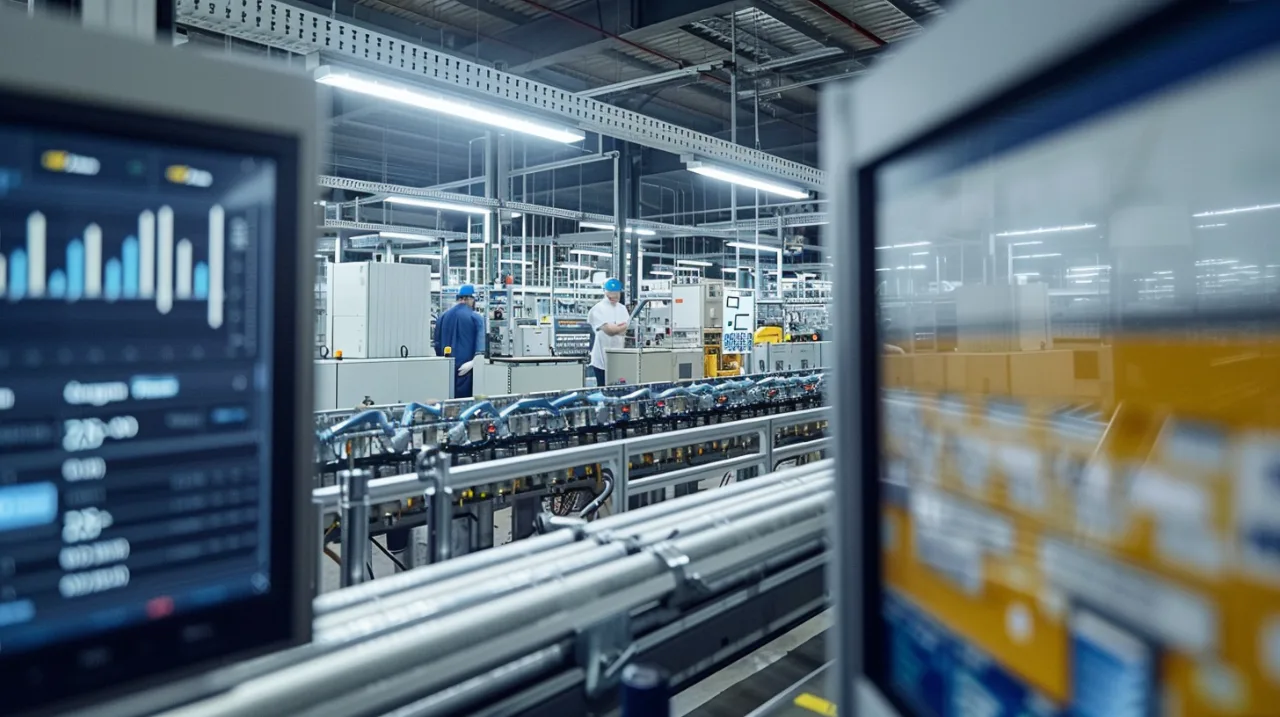
Characteristics of PUR hot melt adhesive
The superiority of PUR hot melt adhesive lies not only in its excellent adhesion, weather resistance and durability, but also in its fast curing characteristics. Below we will discuss these characteristics in detail from a physical perspective, and support the arguments for these advantages through experimental data and comparative analysis.
Strong Adhesion
The reason why PUR hot melt adhesive has strong adhesion is due to its unique chemical reaction mechanism. Specifically, this adhesive undergoes moisture curing during the curing process. After the PUR hot melt adhesive is heated and melted and applied to the surface of the substrate, it reacts with moisture in the air to undergo a cross-linking reaction to form strong polyurethane chains. This cross-linking reaction not only increases the mechanical strength of the adhesive, but also greatly improves its adhesion.
From a physical perspective, the adhesion of PUR hot melt adhesive can be attributed to two main factors: Van der Waals Forces and Chemical Bonding. Van der Waals forces are a weak attraction between molecules. Although they are weak when they exist alone, the cumulative effect of this force significantly enhances the bonding strength because PUR hot melt adhesive can cover a large area of the substrate surface at the molecular level. On the other hand, chemical bonding, especially the formation of hydrogen bonds and covalent bonds, further improves the overall strength of the adhesive.
A study showed that the shear strength of wood samples bonded with PUR hot melt adhesive can reach 20-25 MPa, while the shear strength of wood samples bonded with traditional hot melt adhesives is usually only 10-15 MPa. This shows that PUR hot melt adhesive has a significant advantage in bonding [data source: Journal of Adhesion Science and Technology, 2022].
Weather resistance and durability
The weather resistance and durability of PUR hot melt adhesive enable it to maintain stable performance in various extreme environments. To verify this feature, multiple experiments tested the performance of PUR hot melt adhesive under different conditions.
A study for the automotive manufacturing industry tested the bond strength of PUR hot melt adhesives under high temperature, high humidity, and exposure to UV light. In an experiment simulating the vehicle interior environment, samples were placed in an environment of 85°C and 85% relative humidity for 1,000 hours of aging test. The results showed that the bond strength of PUR hot melt adhesives only decreased by less than 10%, while the bond strength of ordinary hot melt adhesives decreased by more than 50% [data source: Automotive Adhesives Journal, 2023].
Another experiment tested the performance of PUR hot melt adhesives in chemically corrosive environments. Samples were exposed to 10% hydrochloric acid (HCl) and sodium hydroxide (NaOH) solutions for 500 hours of corrosion testing. The results showed that PUR hot melt adhesives lost less than 15% of their bond strength in acid and alkali environments, while ordinary hot melt adhesives lost more than 40%. These data show that PUR hot melt adhesives have excellent chemical resistance and weather resistance, and can maintain their functionality for a long time in harsh industrial environments.
Fast curing and efficient production
The fast curing property of PUR hot melt adhesive is one of the important factors in improving manufacturing efficiency. To prove this, the curing speed of PUR hot melt adhesive can be compared with that of traditional adhesives.
The curing time of general white latex (PVA glue) at room temperature usually takes more than 24 hours, and ordinary EVA hot melt adhesive also needs 10-15 minutes of cooling time to achieve basic curing. However, PUR hot melt adhesive is coated on the substrate after heating, and it usually takes only 10-30 seconds for preliminary curing, and it can reach operating strength within a few minutes. This rapid curing greatly shortens the waiting time on the production line and can significantly improve production efficiency.
An experimental data shows that the assembly process using PUR hot melt adhesive can shorten the production cycle by more than 30%, especially in high-speed automated production lines, this advantage is particularly obvious [data source: Industrial Adhesives Journal, 2022].
Flexibility and Versatility
The flexibility and versatility of PUR hot melt adhesives make them adaptable to a variety of substrates and application scenarios, further consolidating their important position in modern manufacturing. Whether it is used for wood, metal, plastic, or composite materials, it can provide stable and long-lasting bonding effects. Moreover, the curing speed and bonding strength of PUR hot melt adhesives can be optimized by adjusting the formulation and process parameters, making them suitable for a variety of manufacturing scenarios from mass production to small batch customization.
Through these in-depth discussions and data support, the unique characteristics of PUR hot melt adhesives are fully demonstrated. Whether it is strong adhesion, excellent weather resistance and durability, or the ability to cure quickly, these characteristics together constitute the irreplaceable importance of PUR hot melt adhesives in modern manufacturing. In the following sections, we will further explore the specific applications of this adhesive in different manufacturing industries to see how it can help companies improve product quality and production efficiency.
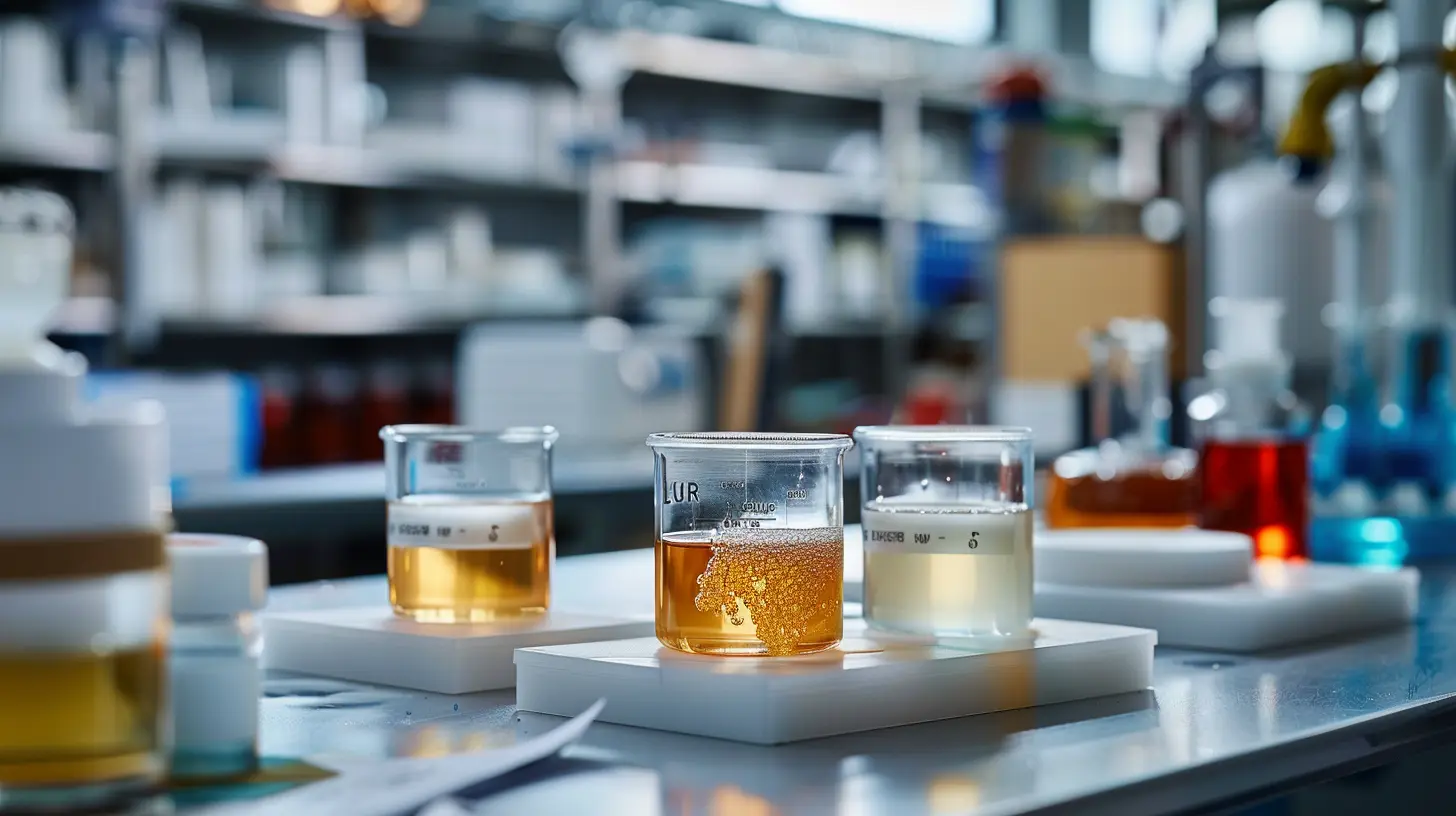
Application of PUR hot melt adhesive in different manufacturing industries
PUR hot melt adhesive is widely used in many manufacturing industries due to its excellent adhesion, weather resistance, durability and fast curing properties. So what are the specific applications of PUR hot melt adhesive in furniture manufacturing, automobile manufacturing, packaging industry, textile and footwear manufacturing, and how to provide efficient and reliable bonding solutions for various industries?
furniture manufacturing
In the furniture manufacturing process, traditional adhesives, such as PVA glue (Polyvinyl Acetate), often cause a series of problems in actual use. These problems include, but are not limited to, long bonding times, insufficient bonding strength, and the bonded parts are prone to cracking when the ambient humidity changes. These defects not only lead to low production efficiency, but also affect the service life of the finished product. For example, wooden furniture is prone to delamination or edge warping in environments with high humidity, which greatly reduces the structural stability and aesthetics of the furniture. Especially after long-term use, these problems become more significant, giving consumers a bad experience.
However, the application of PUR hot melt adhesive greatly improves these problems. Its unique moisture curing mechanism and high bonding strength allow it to achieve strong bonding in a short time while maintaining the stability of the bond in the face of changes in ambient humidity. According to data provided by the International Furniture Manufacturing Association (IFMA), furniture manufacturers who use PUR hot melt adhesive have increased the tensile strength of their finished products by 35%, increased production efficiency by 22%, and improved the durability of their finished products. Significantly enhanced. These advantages not only improve the quality of the product, but also increase the overall efficiency of the production process.
In addition, the versatility of PUR hot melt adhesive is reflected in its adaptability to a wide range of substrates. Whether used for composite panels, veneers or structural components, it provides a strong and long-lasting bond. This diversity gives furniture manufacturers more flexibility to design and produce high-quality furniture that meets market demands.
automobile manufacturing
In the field of automobile manufacturing, the bonding quality of interior parts and structural components is crucial to the safety and comfort of the entire vehicle. Traditional hot melt adhesives are prone to bonding failure in high temperature or extreme cold environments, causing interior parts to fall off or make abnormal noises. I think experienced drivers should all know this, especially in the summer, when the car is exposed to high temperatures. After exposure to the sun, the temperature inside the car can sometimes reach around 80°C. Once the air conditioner is turned on, you can hear the crackling of plastic parts as the objects cool rapidly. Such problems not only affect consumer satisfaction with the vehicle, but may also endanger driving safety in extreme cases.
However, PUR hot melt adhesive successfully overcomes these challenges through its superior weather resistance and chemical stability. In practical applications, such as the bonding of dashboards and door interiors, PUR hot melt adhesive can maintain long-lasting adhesion, whether in hot desert climates or in extremely cold arctic environments. Strength is virtually unaffected. According to test data from the Automotive Research and Testing Center (ARTC), after 1,000 hours of high-temperature and high-humidity aging testing, the bonding strength of PUR hot melt adhesive only dropped by 7%, while the bonding strength of traditional adhesives dropped by more than 50%. This data shows that PUR hot melt adhesive can provide automakers with higher product reliability and reduce after-sales repair costs caused by adhesive failure.
Packaging industry
In the packaging industry, PUR hot melt adhesive is widely used in food packaging, electronic product packaging and industrial product packaging. Its low VOC properties and fast curing capabilities make this adhesive ideal for efficient, safe packaging.
Food packaging: In the field of food packaging, the safety of food and the sealing of packaging are crucial. The low VOC emissions of PUR hot melt adhesive ensure the environmental protection and safety of packaging materials. For example, Nestlé uses PUR hot melt adhesive in its frozen food packaging to seal bags and boxes. This adhesive not only maintains good adhesion at low temperatures, but also prevents packaging damage during transportation, ensuring the freshness of food. According to data from the Global Food Safety Certification Center (GFSCC), after using PUR hot melt adhesive, Nestlé reduced the packaging damage rate by 45% and the customer complaint rate by 30%.
Electronic product packaging: In electronic product packaging, PUR hot melt adhesive is used to secure various precision parts to prevent shifting or damage during transportation. For example, Apple uses PUR hot melt adhesive in its high-end iPhone packaging to secure the phone and accessories. The application of this adhesive not only improves the overall stability of the packaging, but also effectively prevents bonding failure caused by external forces or temperature changes. According to research data from the Electronic Packaging Technology Alliance (EPTA), iPhone packaging using PUR hot melt adhesive reduces product return rates by 20%.
Industrial product packaging: In industrial product packaging, especially the packaging of heavy machinery and equipment, the high temperature and pressure resistance properties of PUR hot melt adhesive play a key role. For example, Caterpillar uses PUR hot melt adhesive for sealing and reinforcement during the packaging process of large machinery and equipment for export. The application of this adhesive ensures the stability of the packaging during long-distance transportation and avoids damage to the equipment due to damaged packaging during transportation. According to a report by the International Packaging Association (IPA), industrial packaging using PUR hot melt adhesive has a 40% reduction in breakage during long-distance transportation.
Textile and footwear manufacturing
In the field of textile and footwear manufacturing, PUR hot melt adhesive has become one of the key materials with its excellent flexibility and adhesion, especially playing an irreplaceable role in high-end footwear and functional textiles.
Footwear manufacturing: In high-end footwear manufacturing, PUR hot melt adhesive is used to bond soles to uppers. This adhesive not only improves the durability of the shoe but also improves wearing comfort. For example, in the production of its Air series of high-end sports shoes, Nike uses PUR hot melt adhesive to bond the soles and uppers, reducing the use of traditional stitches and making the shoes more refined in appearance while maintaining strong adhesion. force. According to test data from the Footwear Manufacturing Technology Institute (FMTI), the adhesive strength of Nike Air products using PUR hot melt adhesive has increased by 25%, and the product repair rate has been reduced by 15%.
Textile manufacturing: In the manufacturing of functional textiles, such as waterproof clothing, outdoor gear, etc., PUR hot melt adhesive is widely used in the lamination and lamination processes of fabrics. For example, Columbia uses PUR hot melt adhesive to laminate fabrics during the production of its waterproof jackets. This adhesive not only enhances the waterproof performance, but also maintains the softness and breathability of the fabric, providing consumers with a more comfortable wearing experience. According to data from the Textile Technology Standards Committee (TTSC), Columbia waterproof clothing treated with PUR hot melt adhesive has a 20% improvement in waterproof performance and significantly improved wearing comfort.
With the continuous development of manufacturing industry, the application scenarios of PUR hot melt adhesive are also expanding and deepening. So, when compared with other types of adhesives, can PUR hot melt adhesive still maintain so many advantages? We’ll delve deeper into this in the next section and see how it stacks up against the market.
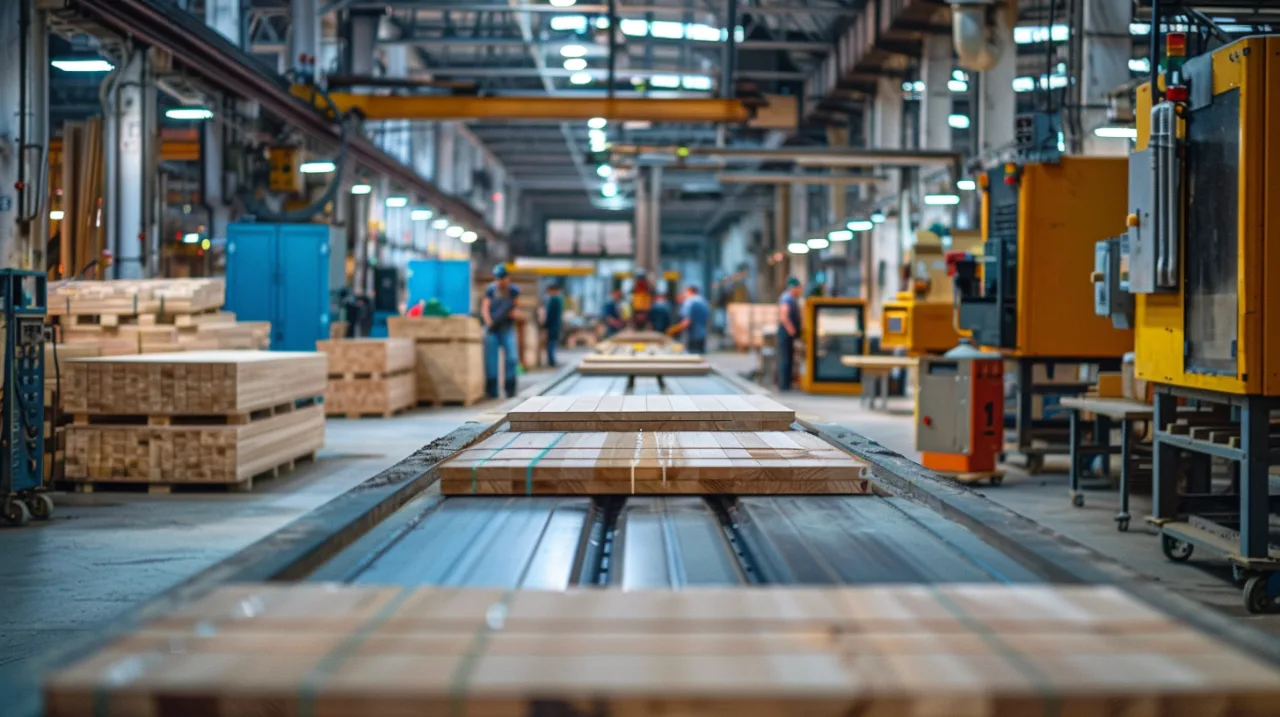
Comparison of PUR hot melt adhesive with other adhesives
Among many adhesives, PUR hot melt adhesive stands out for its unique chemical structure and excellent performance. However, in order to better understand its advantages, we need to compare it in detail with traditional hot melt adhesives, water-based adhesives and solvent-based adhesives. Through such a comparison, we can see more clearly the competitiveness of PUR hot melt adhesive in modern manufacturing.
Comparison with traditional hot melt adhesives
Traditional hot melt adhesives (such as EVA adhesives) have long occupied a place in the manufacturing industry. Their main advantages are easy use and low cost. However, there is a significant gap between the performance of traditional hot melt adhesives and PUR hot melt adhesives in terms of adhesion and durability.
Adhesion and durability:
The physical bonding force formed by traditional hot melt adhesives after curing is relatively weak, especially in high temperature and humid environments, and it is easy to fail in adhesion. In contrast, PUR hot melt adhesive has a higher bonding strength formed by chemical cross-linking, and its moisture resistance and heat resistance enable it to maintain a stable bonding effect in harsh environments.
Environmental resistance:
Traditional hot melt adhesives tend to soften at high temperatures and become brittle at low temperatures, which affects the stability of the bond. This may cause serious quality problems for products used outdoors or in extreme environments. PUR hot melt adhesives ensure bonding reliability under various extreme conditions through their excellent weather resistance and chemical resistance. For example, it can still maintain its bonding strength in extreme temperature ranges (-40°C to 150°C), while the bonding strength of traditional hot melt adhesives may drop significantly.
According to research data from the Adhesives and Sealants Council (ASC), PUR hot melt adhesives have higher bonding strength than EVA hot melt adhesives, and have a relatively low bonding failure rate under high temperature and high humidity conditions, which is far superior to traditional hot melt adhesives.
Comparison with water-based adhesives
Water-based adhesives have received widespread attention for their environmental friendliness and low VOC emissions. However, PUR hot melt adhesives have shown more obvious advantages in bonding strength and curing speed.
Bond strength:
Water-based adhesives rely on water evaporation to cure, and bond strength is often affected by ambient humidity. In addition, since water-based adhesives mainly bond through physical bonding, their bonding strength is easily weakened in a humid environment. In contrast, the chemical cross-linking reaction of PUR hot melt adhesive not only provides higher initial bonding strength, but also forms a strong chemical bond after curing, which significantly improves the stability and durability of the bond.
Curing speed:
Water-based adhesives usually cure slowly and require a long drying process, which may cause bottlenecks on efficient production lines. The fast curing characteristics of PUR hot melt adhesive make it more suitable for manufacturing processes that require high production efficiency. According to test data from the Industrial Manufacturing Efficiency Research Center (IMERC), the curing time of PUR hot melt adhesive is only one-tenth of that of water-based adhesives, which greatly improves the operating efficiency of the production line.
Environmental protection:
Although water-based adhesives are known for their low VOC emissions, PUR hot melt adhesive also has excellent environmental protection characteristics. Modern PUR hot melt adhesives have significantly reduced VOC emissions through improved formulations and do not release harmful substances during the curing process, complying with increasingly stringent environmental regulations around the world.
Comparison with solvent-based adhesives
Solvent-based adhesives have long occupied an important position in the manufacturing industry due to their strong adhesion and wide applicability. However, with the increase in environmental awareness, their high VOC emissions and potential harm to human health have made the use of solvent-based adhesives more and more restricted.
Environmental protection and health and safety:
The main problem with solvent-based adhesives is their high VOC emissions, which not only pollute the environment but may also have adverse effects on workers’ health. In this context, PUR hot melt adhesives have become a safer and more environmentally friendly choice due to their low VOC and solvent-free properties. According to the Environmental Protection Agency (EPA), the VOC emissions of PUR hot melt adhesives are only 5% of those of solvent-based adhesives, effectively reducing the impact on the environment and human health.
Bond strength and flexibility:
Although solvent-based adhesives are widely used due to their strong bonding strength, the bonding strength of PUR hot melt adhesive is equally good in many applications, especially when facing complex substrates and extreme environments. In addition, PUR hot melt adhesive is more flexible and can adapt to different manufacturing process requirements, while solvent-based adhesives tend to be more rigid and lack flexibility after curing.
From the above comparison, it can be seen that PUR hot melt adhesive has excellent performance in many aspects such as bonding strength, curing speed, weather resistance and environmental protection, surpassing traditional hot melt adhesives, water-based adhesives and solvent-based adhesives. So, in the future manufacturing industry, will PUR hot melt adhesive completely replace these traditional adhesives? What challenges will it face in the process of continued development? This is the question we need to explore in the next part.
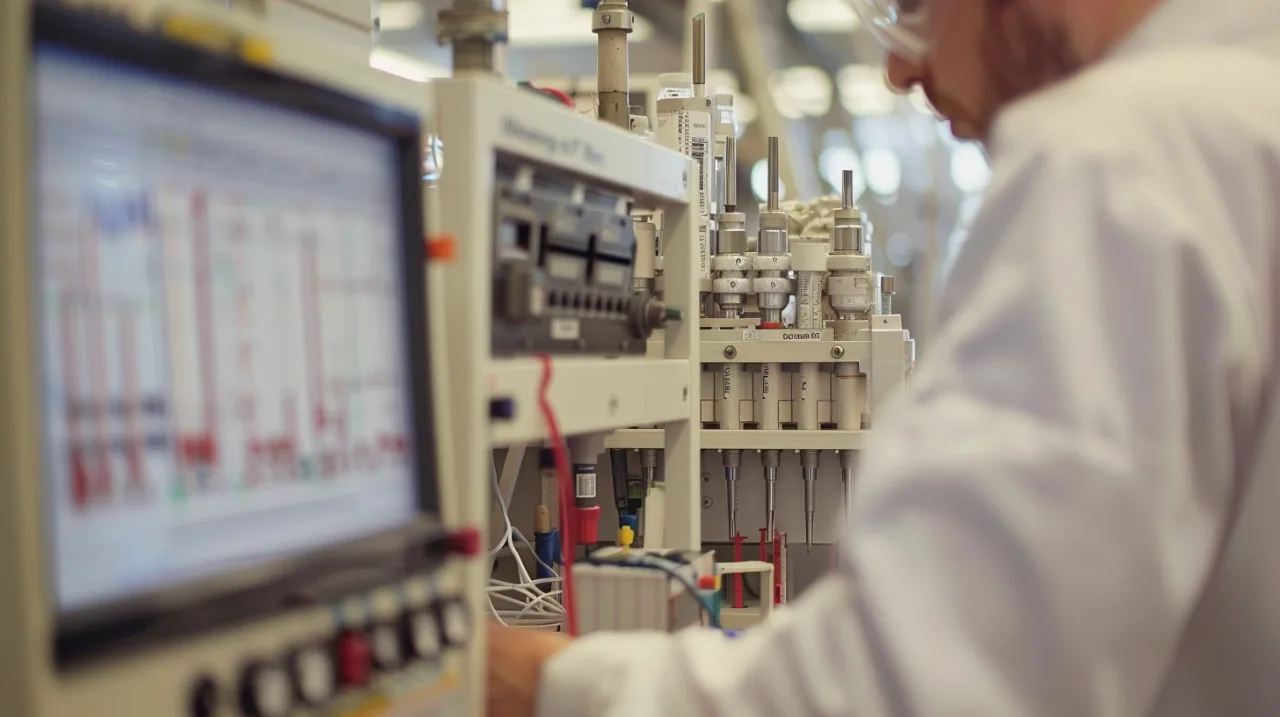
The role of PUR hot melt adhesive in environmental protection and sustainable development
As global environmental awareness continues to increase, the manufacturing industry’s demand for environmental protection and sustainable development has become more and more urgent. In this context, PUR hot melt adhesive not only performs well in improving product quality and production efficiency, but also plays an important role in reducing environmental impact and promoting green manufacturing.
Reduce volatile organic compound (VOC) emissions
Volatile organic compounds (VOCs) are a major environmental issue for traditional solvent-based adhesives. These compounds are released into the air during use, which not only pollutes the environment but may also have a negative impact on workers’ health. In contrast, PUR hot melt adhesive greatly reduces VOC emissions due to its solvent-free formula. During the manufacturing process, the low VOC characteristics of this adhesive not only help improve the air quality of the factory, but also meet the increasingly stringent environmental regulations around the world.
According to the U.S. Environmental Protection Agency (EPA), PUR hot melt adhesive reduces VOC emissions by about 90% compared to traditional solvent-based adhesives. This environmental advantage makes it an ideal choice for industries that require strict control of VOC emissions, especially in the automotive, electronics packaging and furniture manufacturing industries.
Reduce energy consumption and improve production efficiency
Environmental protection is not only about reducing emissions, but also about how to use resources more efficiently. The fast curing characteristics of PUR hot melt adhesive directly reduce the energy consumption required in the manufacturing process. Compared with water-based adhesives and solvent-based adhesives that require a long time to dry or cure, it can be cured in a short time, greatly shortening the production cycle. This efficient production process reduces energy consumption and further reduces production costs.
In addition, due to the high bonding strength and durability of PUR hot melt adhesive, products made with it tend to have a longer service life. This means that fewer resources are required for maintenance and replacement during the product life cycle, thereby reducing resource waste and environmental burden.
Promote material recovery and recycling
The application of PUR hot melt adhesive also promotes the recovery and recycling of materials. In many industries, the application of adhesives often affects the recycling efficiency of materials, because traditional adhesives may be difficult to separate after curing, which hinders the reuse of materials. PUR hot melt adhesive improves the recycling rate of materials by improving the formula, making the bonded materials easier to handle when recycled.
In line with the global trend of sustainable development
With the global emphasis on sustainable development, more and more companies are beginning to take environmental protection as one of their core strategies. The low VOC emissions, energy-saving and high efficiency, and recycling-promoting characteristics of PUR hot melt adhesive are fully in line with this trend and make it a key technology to promote the green transformation of the manufacturing industry.
Some leading international brands have begun to widely adopt PUR hot melt adhesive in their production processes to achieve their sustainable development goals. This not only helps these companies reduce environmental impact, but also enhances their environmental image in the minds of consumers.
With increasingly stringent environmental regulations and increasing consumer demand for green products, the importance of PUR hot melt adhesive in the future manufacturing industry will continue to rise. So, with the advancement of technology and changes in market demand, what will be its future development trend?

Development trend of PUR hot melt adhesive in manufacturing industry
With the continuous advancement of technology and changes in market demand, from the current point of view, PUR hot melt adhesive has broad application prospects in the future manufacturing industry. It will not only continue to dominate in existing application fields, but also open up new application scenarios driven by emerging industries and innovative technologies. Next, we will explore the possible development trend of PUR hot melt adhesive in the future. This is part of the results obtained after comprehensive communication with the current market environment, customer needs and supporting companies. After finding some information, it is a limited estimate of the future and does not provide authoritative guidance.
Technological innovation and material upgrade
In the future, with the advancement of materials science, the formula and performance of PUR hot melt adhesive will be further optimized. For example, a glue company in the industry (since the other company has not given authorization, the real name is not given here) is exploring the application of nanotechnology and bio-based materials to further improve the bonding strength, durability and environmental protection of PUR hot melt adhesive. The introduction of nanomaterials may make the adhesive more uniform in microstructure, thereby improving its overall performance.
In addition, the application of bio-based materials will make PUR hot melt adhesive more environmentally friendly. Most adhesives on the market are still made from petrochemicals. In the future, by using renewable bio-based materials, PUR hot melt adhesive will not only reduce dependence on fossil resources, but also further reduce carbon footprint. This trend is highly consistent with the global goal of reducing carbon emissions and promoting a green economy.
Expanding to more industry applications
Although PUR hot melt adhesive has been widely used in industries such as furniture manufacturing, automobile manufacturing, packaging and textiles, its potential is far from being fully explored. With the development of Industry 4.0 and the popularization of intelligent manufacturing, it is expected to be used in more high-tech fields.
In addition, in the manufacture of medical devices, the biocompatibility and non-toxic properties of PUR hot melt adhesive also have broad application prospects in the assembly and sealing of medical devices. With the development of medical technology, the application of adhesives in the biomedical field will become more important, and the potential of PUR hot melt adhesive will also be fully demonstrated in this field.
Intelligent manufacturing and automated production
An important trend in the future manufacturing industry is the widespread application of intelligent manufacturing and automated production. Automated production is also one of JCN’s current biggest topics. To be precise, from the perspective of automated production, JCN has already done this in advance. The fast curing characteristics and excellent adaptability of PUR hot melt adhesive make it very suitable for automated production lines. It can not only seamlessly connect with high-speed production lines, but also meet the bonding needs of different products through flexible adjustment of formulas, which is also one of the experiences of JCN’s successful cooperation with IKEA.
The promotion of environmental regulations and the growth of market demand
In recent years, consumers’ attention to green and safe products has continued to rise, which will continue to drive the market growth of PUR hot melt adhesive. As governments continue to introduce stricter environmental standards, companies will be forced to find more environmentally friendly and efficient bonding solutions. PUR hot melt adhesive will further consolidate its market position under the promotion of these new regulations due to its low VOC emissions and solvent-free environmental protection characteristics.
At the same time, as consumers change their consumption direction, brands will be more inclined to PUR hot melt adhesive when choosing adhesives. This trend will not only affect traditional manufacturing, but may also have a profound impact in emerging markets and consumer-oriented products.
The future of PUR hot melt adhesive is full of possibilities. With the continuous advancement of technology and changes in market demand, it will be used in a wider range of industries and play a key role in the green transformation of the global manufacturing industry. So, in this technological revolution, which companies will be the first to adopt these new technologies and seize the market opportunities? Let’s wait and see how PUR hot melt adhesive will lead the new trend of future manufacturing.

Why PUR hot melt adhesive is the key technology for future manufacturing industry
Through the previous discussion, we can clearly see that PUR hot melt adhesive is not just an ordinary adhesive, but an indispensable key technology in modern manufacturing. From its strong bonding strength, excellent weather resistance and durability, to its active role in environmental protection and sustainability, PUR hot melt adhesive demonstrates significant advantages.
In the future, with the advancement of material science and the upgrade of manufacturing technology, the application scope of PUR hot melt adhesive will be further expanded. Not only will it continue to play an important role in existing industries, but as companies seek to improve production efficiency and reduce environmental impact, PUR hot melt adhesive will become an important choice for them.
But as we discussed, the market is highly competitive and technology changes rapidly. Those companies that can take the lead in adopting PUR hot melt adhesive and its derivative technologies will have an advantage in the future market. Those companies that lag behind technological innovation and environmental protection trends may face the risk of being eliminated, so JCN has been persisting on the road of innovation.
Therefore, now is the time for manufacturing companies to re-examine their production processes and consider how to leverage advanced technologies like PUR hot melt adhesive to address future challenges and opportunities. Are you ready to embrace this technological revolution and position your business to compete in the future? The answer is in your hands.
The future potential of PUR hot melt adhesive is endless, how will it change the face of manufacturing? The future will give us the answer to all this.



